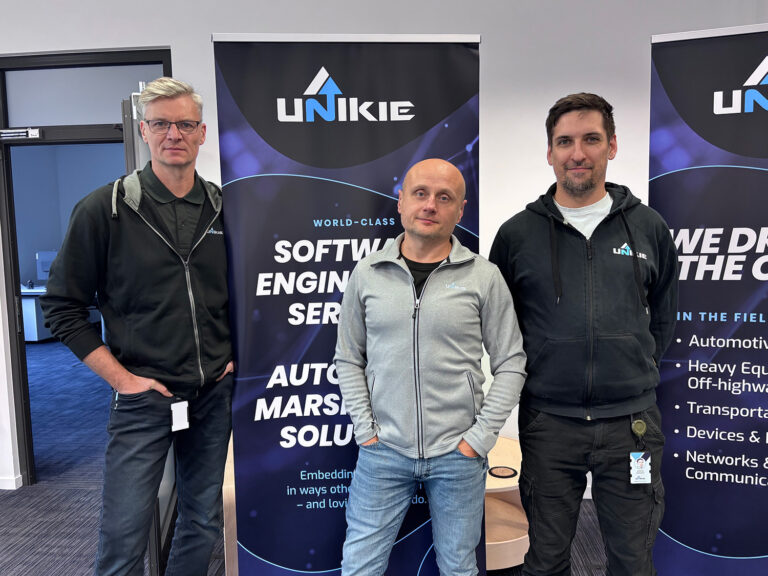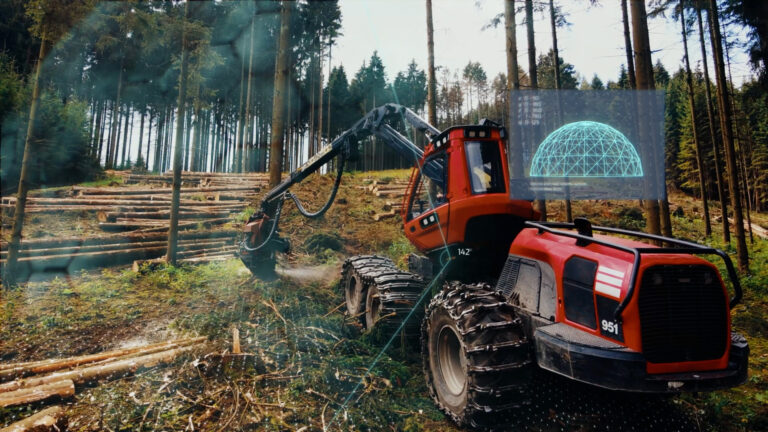Immersive technologies leverage advanced image and audio solutions that fundamentally change the way we monitor, analyse, and respond to our environment.
Imagine a pitch black, rainy and windy night. The surveillance camera lens is whipped by water, and the dim glow of the street lights creates long distorted shadows on the asphalt. A single vehicle slowly glides into the angle of view – suspiciously slowly.
For a person in such weather, the image from a surveillance camera would only be a grainy, unrecognizable lump. But the immersive technologies used by the camera work wonders: they digitally sift through the rain, remove noise and sharpen the blurry image until the vehicle’s license plate goes from pixel mass to fully readable.
Sensors, such as cameras or microphones, collect raw and noisy data. Signal processing plays a key role in this: it is used to clean, filter and transform raw data into actionable information. At its simplest, this means, for example, removing background noise from the audio signal collected by microphones or removing noise and sharpening image data.
“A much more complex task is to improve the quality of the image taken by the surveillance camera in low light. It uses a signal processor, 3A algorithms and artificial intelligence algorithms that utilise neural networks to clean, improve and separate information within the image,” says Teemu Rytkönen, MSc in Software Engineering at Unikie, who has worked in the field for more than 20 years.
High image quality even in difficult conditions
The common belief in police series is that low-quality surveillance camera images can easily be enhanced and clarified as a post-processing activity. However, Rytkönen notes that these magic tricks do not actually work in practice.
“When the image is processed and saved, it is then in its final quality. Image enhancement must take place already in the processing of the camera signal to achieve the best possible result.”
This is where modern image processing, especially High Dynamic Range (HDR) technology, comes in. HDR ensures that the image captures details from the sunshine to the deepest shadows, preventing burnt-out bright areas or shadows drowned in the dark.
At the heart of the process is the Image Signal Processor (ISP), which receives multiple images taken from the sensor at different exposures and seamlessly aligns and combines these images into a single HDR image. The role of the ISP and its tuning is critical not only for the optimal recording of HDR images already in the camera, but also for the overall image quality, as it is at the core of image signal processing and, when configured correctly, has the greatest impact on the result.
Advanced technology for consumer devices
Advanced image processing technology is widely used in smartphones and other consumer devices. The so-called 3A properties are central. Auto Exposure (AE) adjusts exposure, Auto White Balance (AWB) corrects colours, and Auto Focus (AF) keeps your subject sharp. These features, together with advanced ISPs, artificial intelligence and neural networks, make it possible to achieve high image quality even in small devices with limited sensor and optics size.
Unikie is a Finnish technology and innovation company that offers its customers services based on immersive technologies, such as advanced imaging, detection and audio technology. Unikie’s ability to optimize image quality and ISP configuration is key to creating immersive and high-quality experiences. This expertise is applied in many areas, such as autonomous systems (e.g. autonomous cars), consumer and safety electronics (e.g. smartphones and surveillance cameras) and various industrial solutions.
“Tampere has a strong imaging cluster, which creates an excellent setting for Unikie’s expertise. We have experienced professionals in the team, some of whom have worked in imaging since the days of Nokia,” says Rytkönen.
Read more about Unikie’s Immersive Technologies
This article was originally published in Finnish in Tekniikka&Talous magazine.



